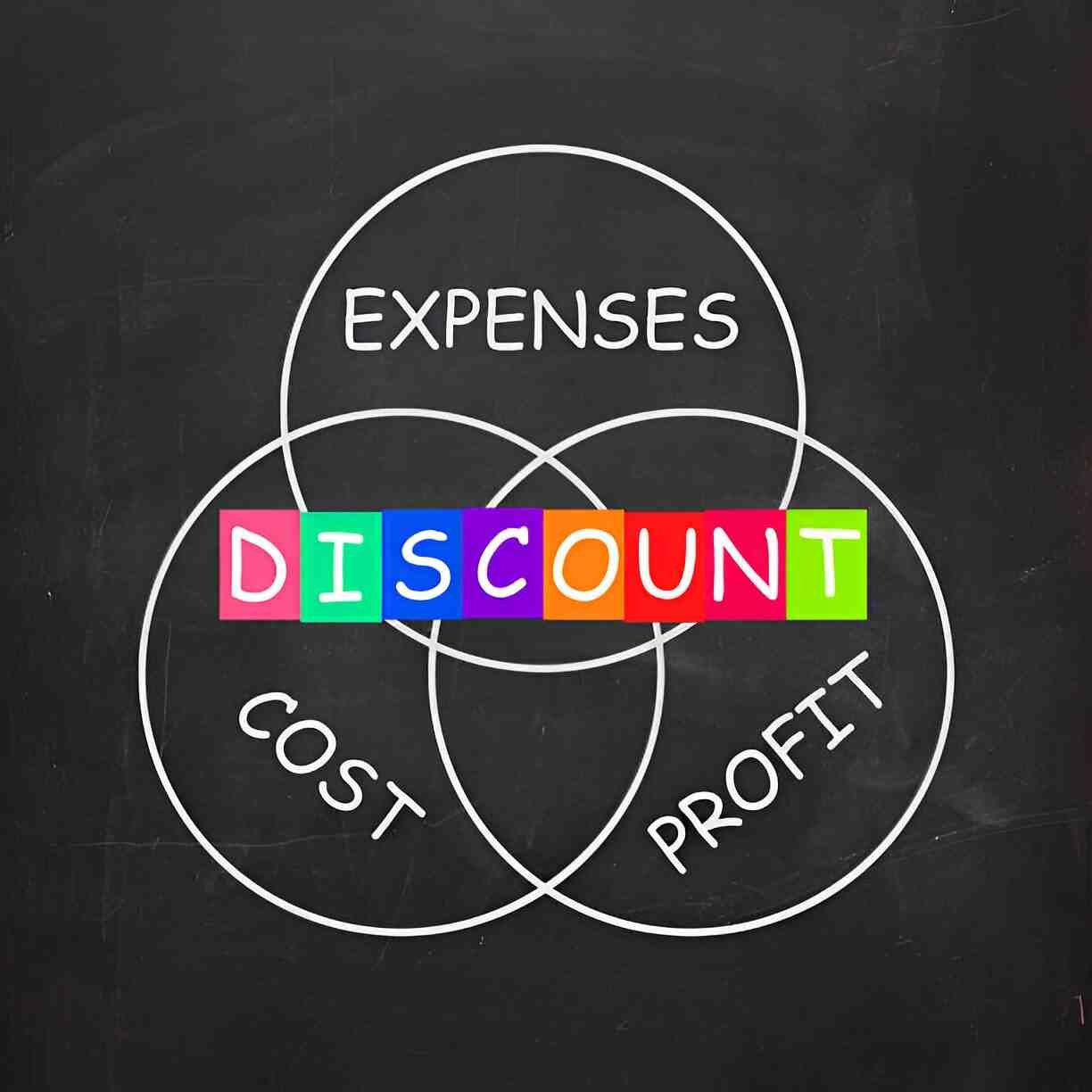Introduction
Hyperbolic discounting is a behavioral economic theory that explains why individuals tend to prefer smaller rewards sooner rather than larger rewards later. This phenomenon influences financial decisions, investment behavior, and everyday choices. Unlike exponential discounting, which assumes that people discount future rewards at a constant rate, hyperbolic discounting suggests that individuals apply a declining discount rate over time. This leads to inconsistent preferences and self-control problems.
Table of Contents
The Concept of Time Inconsistency
One of the key aspects of hyperbolic discounting is time inconsistency. People often make long-term plans that they fail to follow because their preferences change over time. For example, someone may plan to start saving for retirement but later spend their money on short-term pleasures instead. This conflict between long-term and short-term decision-making leads to suboptimal financial outcomes.
Comparison Between Exponential and Hyperbolic Discounting
| Feature | Exponential Discounting | Hyperbolic Discounting |
|---|---|---|
| Discount Rate | Constant over time | Declines over time |
| Preference Stability | Stable | Time-inconsistent |
| Decision Making | Rational | Impulsive |
| Common in | Traditional finance | Behavioral finance |
Mathematical Representation of Hyperbolic Discounting
The standard formula for exponential discounting is:
V = A(1+r)^twhere:
- V is the present value of a future reward,
- A is the future reward amount,
- r is the discount rate,
- t is the time period.
In contrast, hyperbolic discounting follows this formula:
V = \frac{A}{1 + kt}where kk is a constant that determines the degree of discounting. Unlike exponential discounting, where the discount rate remains steady, hyperbolic discounting implies that people apply a high discount rate in the short term and a lower one in the long term.
Real-World Examples of Hyperbolic Discounting
Example 1: Retirement Savings
Many Americans struggle with saving for retirement because they prioritize present consumption over future financial security. Suppose a person can invest $10,000 today, which would grow to $50,000 in 20 years at an annual return of 8%.
Under exponential discounting, they might evaluate the future reward rationally. However, under hyperbolic discounting, they perceive the immediate gratification of spending that money today as more valuable than the long-term gain.
Example 2: Credit Card Debt
Credit card users often fall into the trap of hyperbolic discounting by making minimum payments while continuing to spend. If a person has a $5,000 balance with a 20% annual interest rate and only makes minimum payments, they will end up paying significantly more over time. Their preference for present consumption over delayed financial well-being results in long-term debt accumulation.
Strategies to Overcome Hyperbolic Discounting
To mitigate the effects of hyperbolic discounting, individuals and policymakers can implement strategies such as:
- Commitment Devices – Automated savings plans and penalties for early withdrawals can help individuals stay on track.
- Precommitment Mechanisms – Setting up payroll deductions for retirement savings ensures consistency.
- Framing Effects – Presenting long-term benefits in a way that makes them seem immediate can alter decision-making.
- Education and Awareness – Teaching financial literacy can help individuals recognize and counteract impulsive behavior.
Conclusion
Hyperbolic discounting plays a significant role in financial and economic decision-making. It explains why people struggle with saving, investing, and managing debt. By understanding this concept, individuals can take proactive steps to improve their financial health and policymakers can design better incentives to promote long-term planning. Recognizing the impact of hyperbolic discounting is the first step toward making more rational and consistent financial choices.





